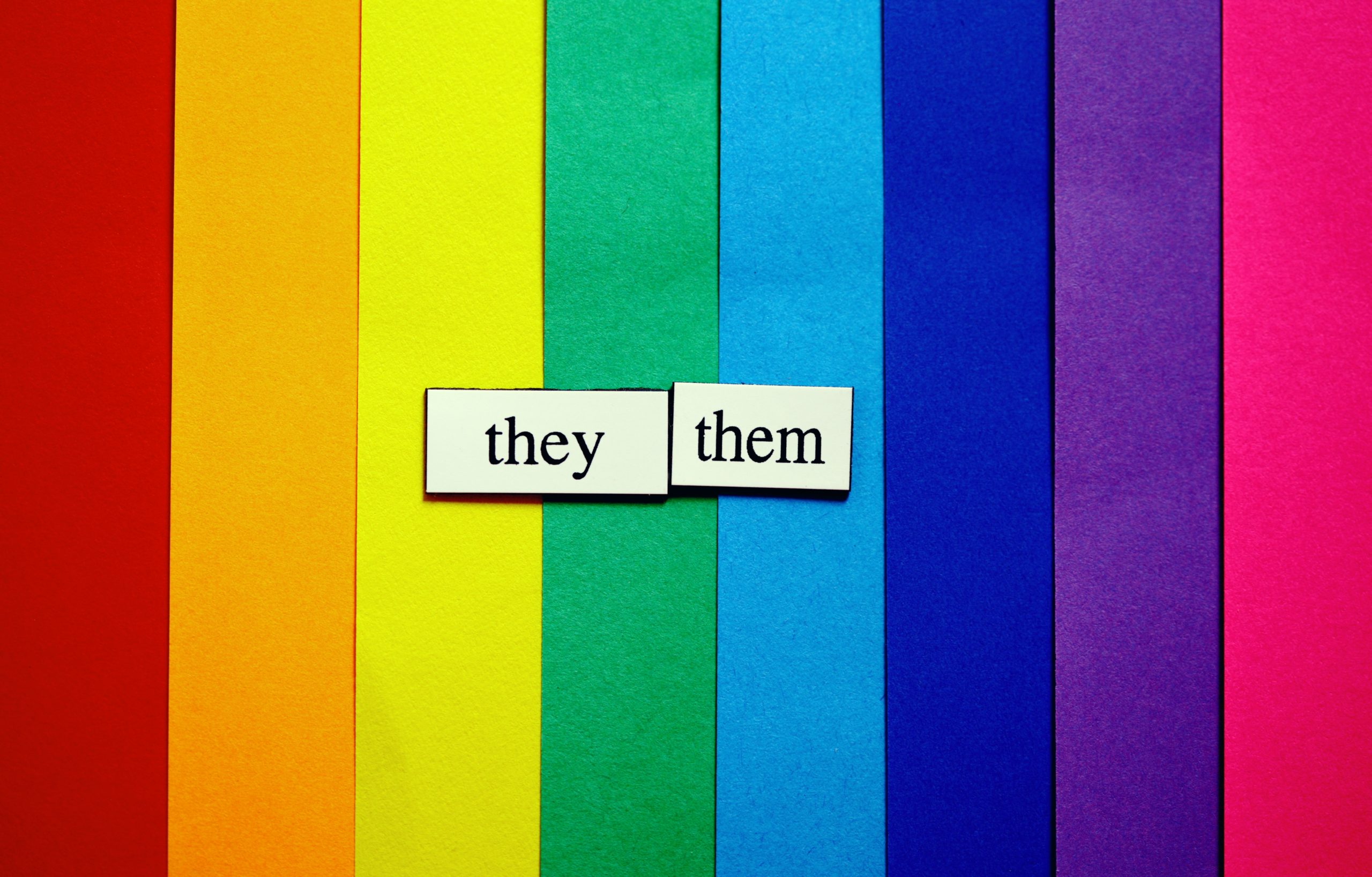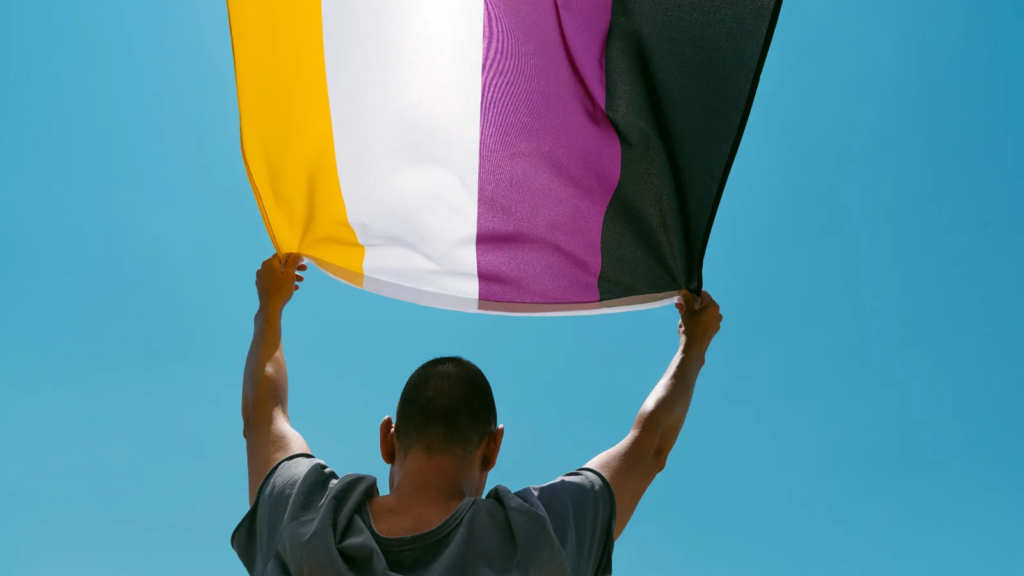How to describe non-binary people around the world
 Image: Unsplash
Image: Unsplash
How to describe non-binary people around the world
Words: Ellen Kenny
Today’s International Day of Non-Binary Visibility, but how do different languages describe gender neutrality?
International Day of Non-Binary Visibility falls exactly between International Men’s Day and International Women’s Day. It aims to promote non-binary identities and raise awareness about the issues they still face.
While most countries around the world still do not legally recognise non-binary as a legal identity, everyday languages are evolving to respect people’s identities. The English language had it relatively easy, typically using the singular pronoun “they”. But how do other languages around the world describe non-binary identities?
1. France
Today is also Bastille Day, so where better to start than France?
Like most Romantic languages, French has two grammatical genders: masculine and feminine. All nouns are assigned masculine or feminine pronouns, and plural pronouns are either the masculine “ils” or the feminine “elles”.
Because of this different approach to pronouns, the French have yet to solidify a way to describe non-binary people. Some people have begun using “iel” or “ille” to refer to a nonbinary person. This is basically a combination of “il” and “elle”, but the official French Language Academy has yet to accept it.
When it comes to adjectives, the gender of the noun changes how the French spell them. Some have suggested adding a dot or asterisk to the noun and adjective. For example, “friend” in French would become “ami*e”. This doesn’t fix the pronunciation issue, but it’s definitely “un debút”.

2. Irish
Irish’s popularity grew rapidly over the pandemic as it became the fastest growing language on Duolingo in 2020. And if we’re going to stay relevant, Gaeilge needs to keep up with the times.
Irish actually does have masculine and feminine nouns, and a lot of complicated rules that come with it. But it only has one form of they and them- “siad” and “iad”. This has become a typical way for Irish non-binary people to describe themselves.
However, some argue that, since “siad” has always been a plural pronoun, anyone who doesn’t already know that you’re talking about a non-binary person would just get confused.
Some have suggested using “duí” as a non-binary pronoun, in reference to “duine”, the Irish for person. Duolingo themselves went for the more intuitive “siú”, made to appear similiar to “sé” and “sí”.
3. Arabic
Arabic is another grammatically gendered language, with each verb, noun and adjective always assigned either a male or female case
Modern standard Arabic has approached gender-neutral through a dual option for nouns and verbs that doesn’t imply a specific gender. People use the the dual of they and you – “huma” (هما) and “intuma” (انتما) – as a gender-neutral alternative.
Others play around with the language in different ways, such as interchanging masculine and feminine pronouns or a speaker choosing to subvert the male case’s patriarchal dominance and default to the female form.
The discussions around gender neutral language in Arabic has worked in tandem with discussions how to define terms like gay and lesbian. People are developing new words for sexual identities to squash outdated terms, which translated homosexuality as “deviant” or “pervert”.

4. Spanish
Yet another gender-heavy language- English pretty much lucked out with its genderless nouns. For a language group known as the “Romantics”, they’re not really showing much love.
Spanish is one of the most spoken languages in the world. With this, there are many approaches towards non-binary language.
In some Spanish-speaking countries, people have replaced the “a” or “o” at the end of every noun with “@”- so “amigo” becomes “amig@”. The letter “x” has also been introduced, and “Latinx” is now a popular term to describe people from Latin America. This one, however, does have pronunciation issues.
Another popular option is the use of “e” at the end of a word, instead of the standard “a” or “o”, along with the pronoun “elle” instead of “el” or “ella”. This one is particularly popular in Spain and Argentina.
5. Finnish
Of course, the Finnish would get it right from the get-go. Hän is the gender-neutral Finnish personal pronoun that treats everyone equally.
In Finnish, personal pronouns do not specify whether the person discussed is a woman or a man. Like English, they also have no gendered nouns. Unlike English, though, Finnish doesn’t have a traditional “a” or “the” at all.
The use of gender-neutral pronouns is a typical feature of Finno-Ugric, Sino-Tibetan, Altaic and Bantu languages. Fair play, guys.
Language is always developing- the English language is developing more and more neopronouns to describe different gender identities. A list in ten years’ time will likely look very different to this one. The main thing is simply to not be an arse, and use the right pronouns.
Elsewhere on District: Hate crime legislation to be introduced by the end of the year
